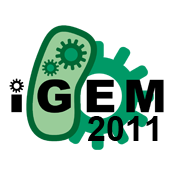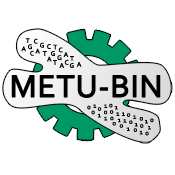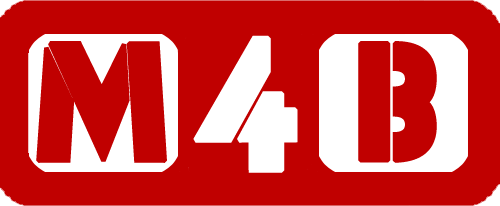Team:METU-BIN Ankara/Project
From 2011.igem.org
| Line 52: | Line 52: | ||
<h3>Introduction</h3> | <h3>Introduction</h3> | ||
| - | <p class="p"> | + | <p class="p">While the interest to the field of synthetic biology is uprising, iGEM and Parts Registry is getting more important for researchers interested working in the field of synthetic biology. As the number of attendees and teams to iGEM competition increases each year, number of BioBricks submitted to the Parts Registry are increasing too. As we all know, Parts Registry is an inimitable library for synthetic biologists. Although it is an important source of information and tool for biologists, the parts are not organized very well. Therefore, while constructing devices, synthetic biologists usually faces following difficulties at the pre-experimental stage:</p> |
<ul> | <ul> | ||
| - | <li> | + | <li>Searching through the Parts</li> |
| - | <li> | + | <li>Deciding if the parts needed are already in the database or not</li> |
| - | <li> | + | <li>Deciding which BioBrick will work effectively with which</li> |
| - | <li> | + | <li>Finding the most accurate combination between the parts</li> |
| + | <li>Constructing the most effectively working devices</li> | ||
</ul> | </ul> | ||
| - | <p class="p"> | + | <p class="p">Figuring out all these answers is time consuming and takes too much effort. Our main goal as 2011 METU-BIN iGEM Software team was to provide a web based tool that helps synthetic biologists at the pre-experimental step to search the Part Registry with input and output keywords and to design their genetic constructs using the biobricks provided in the 2011 distribution of DNA constructs.</p> |
| - | + | ||
| + | <p class="p">M4B: Mining for Biobricks is developed to aid synthetic biologist. Our software proposes a method which can be utilized in pre-experimental step as a supporter data mining tool. Following the user defined input and output parameters, M4B lists all possible composite devices and ranks them according to the novel scoring matrix developed by METU-BIN.</p> | ||
| - | |||
<h4>Aim</h4> | <h4>Aim</h4> | ||
<p class="p">Main goal of our 2011 project is to provide a web based tool that helps synthetic biologists at the pre-experimental step to design their genetic constructs according to their input and output parameters.</p> | <p class="p">Main goal of our 2011 project is to provide a web based tool that helps synthetic biologists at the pre-experimental step to design their genetic constructs according to their input and output parameters.</p> | ||
Revision as of 22:45, 16 September 2011
Project
Introduction
While the interest to the field of synthetic biology is uprising, iGEM and Parts Registry is getting more important for researchers interested working in the field of synthetic biology. As the number of attendees and teams to iGEM competition increases each year, number of BioBricks submitted to the Parts Registry are increasing too. As we all know, Parts Registry is an inimitable library for synthetic biologists. Although it is an important source of information and tool for biologists, the parts are not organized very well. Therefore, while constructing devices, synthetic biologists usually faces following difficulties at the pre-experimental stage:
- Searching through the Parts
- Deciding if the parts needed are already in the database or not
- Deciding which BioBrick will work effectively with which
- Finding the most accurate combination between the parts
- Constructing the most effectively working devices
Figuring out all these answers is time consuming and takes too much effort. Our main goal as 2011 METU-BIN iGEM Software team was to provide a web based tool that helps synthetic biologists at the pre-experimental step to search the Part Registry with input and output keywords and to design their genetic constructs using the biobricks provided in the 2011 distribution of DNA constructs.
M4B: Mining for Biobricks is developed to aid synthetic biologist. Our software proposes a method which can be utilized in pre-experimental step as a supporter data mining tool. Following the user defined input and output parameters, M4B lists all possible composite devices and ranks them according to the novel scoring matrix developed by METU-BIN.
Aim
Main goal of our 2011 project is to provide a web based tool that helps synthetic biologists at the pre-experimental step to design their genetic constructs according to their input and output parameters.
- A network of all bioparts in 2011 distribution will be generated, which describes the functional relations between the subatomic bioparts.
- A search algorithm will be developed to reveal all possible device combinations for the user defined input and output within bioparts of 2011 distribution.
- Visualization tools will be applied for graphical representation of the results.
- A web-based user interface will be provided for the developed software.
 "
"












